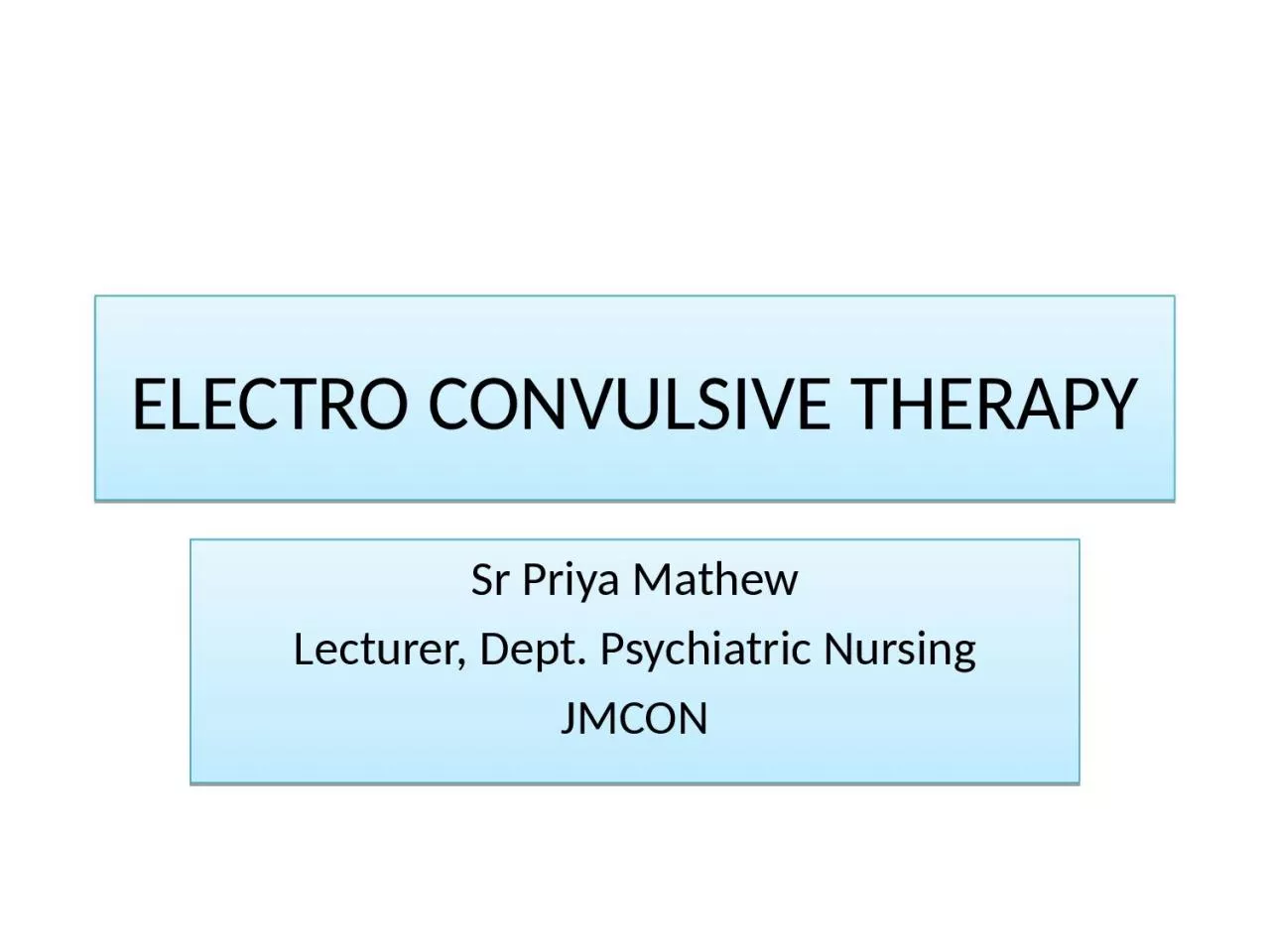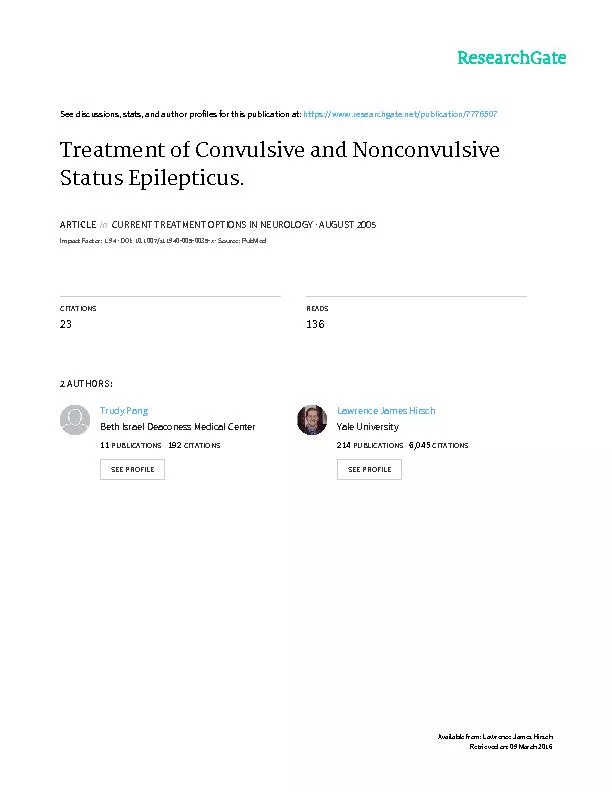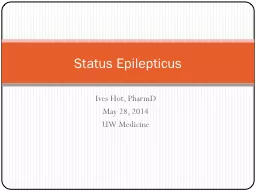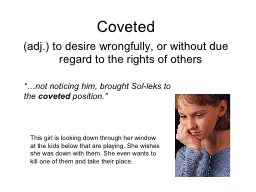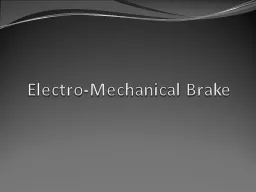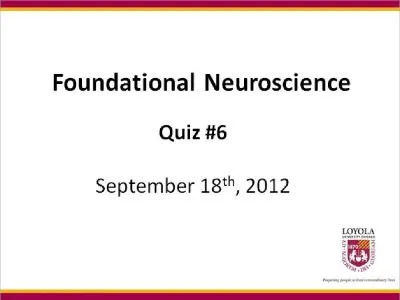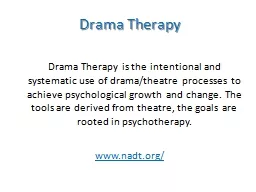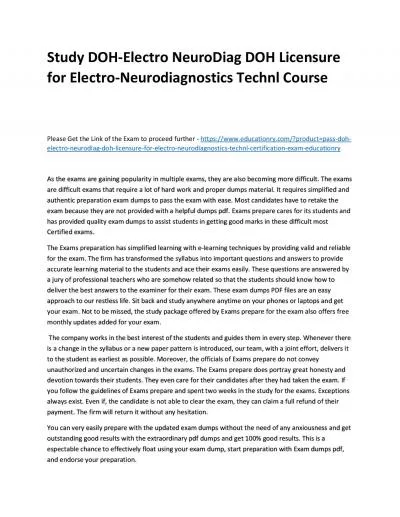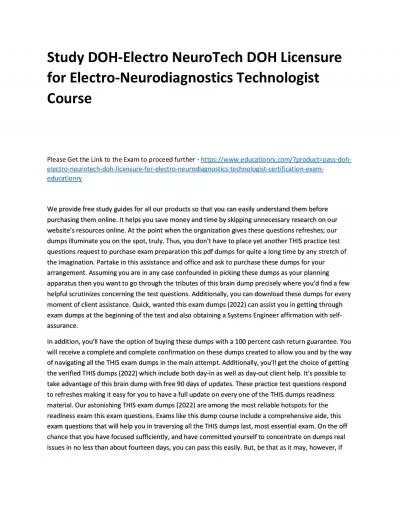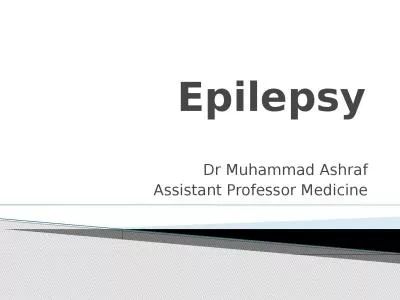PPT-ELECTRO CONVULSIVE THERAPY
Author : jordyn | Published Date : 2024-01-03
Sr Priya Mathew Lecturer Dept Psychiatric Nursing JMCON Introduction 1 It is painless form of electric therapy 2 It is used for patient with depression amp schizophrenic
Presentation Embed Code
Download Presentation
Download Presentation The PPT/PDF document "ELECTRO CONVULSIVE THERAPY" is the property of its rightful owner. Permission is granted to download and print the materials on this website for personal, non-commercial use only, and to display it on your personal computer provided you do not modify the materials and that you retain all copyright notices contained in the materials. By downloading content from our website, you accept the terms of this agreement.
ELECTRO CONVULSIVE THERAPY: Transcript
Download Rules Of Document
"ELECTRO CONVULSIVE THERAPY"The content belongs to its owner. You may download and print it for personal use, without modification, and keep all copyright notices. By downloading, you agree to these terms.
Related Documents

